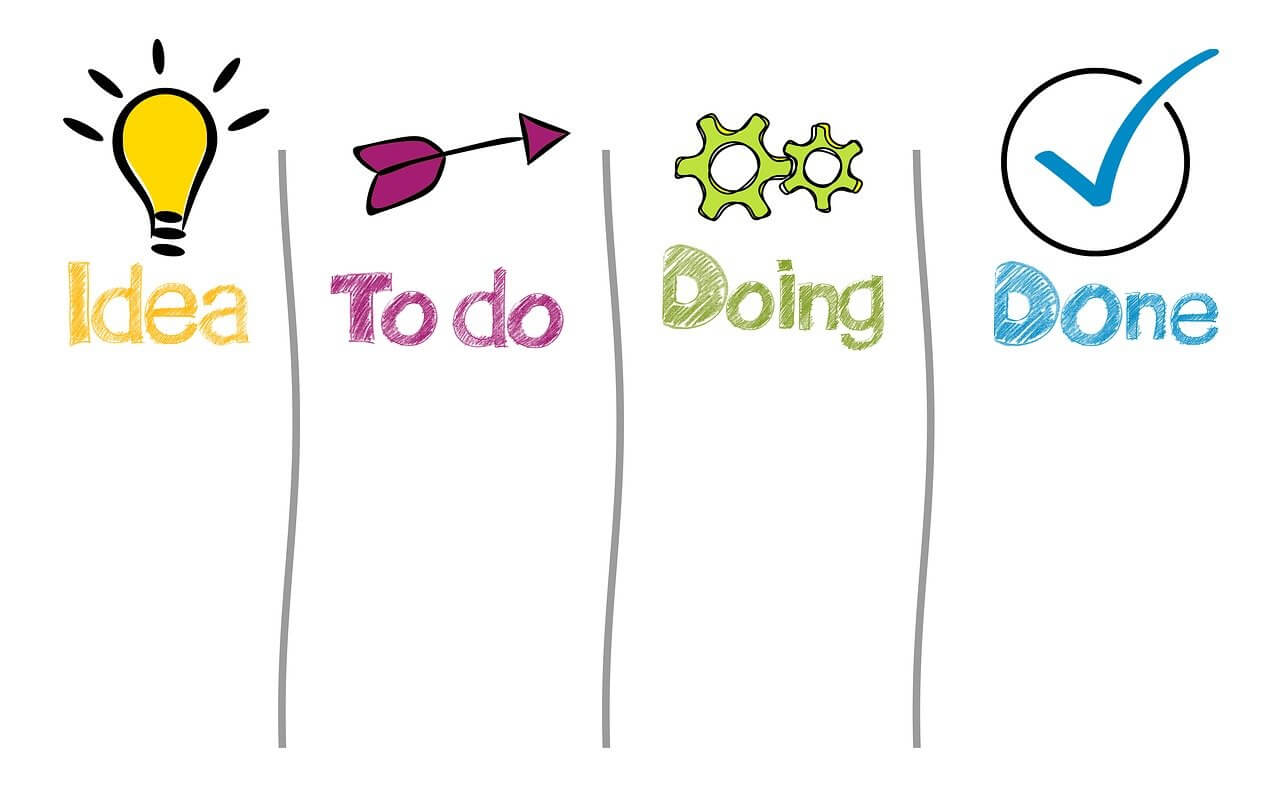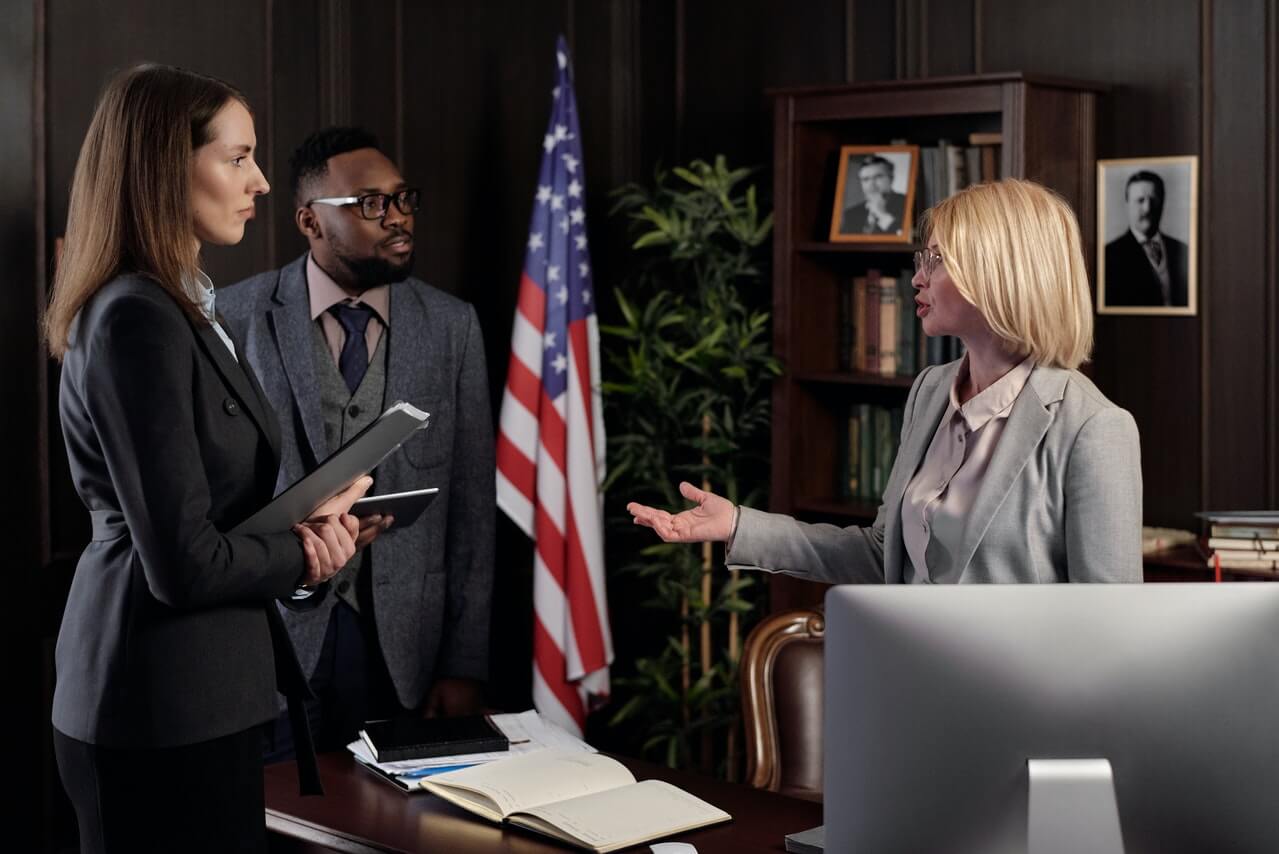Business plans tend to be mostly head, and mostly left brain at that. They describe a business idea for making and selling stuff, and good ones present strong reasons and compelling data. That’s important, and trumps so many plans that offer little more than grandiose assertions and generic arguments.
But the heart of any business plan – and the heart of any business – can only be found in the hearts of its customers. And by heart I mean the kernel feeling this business will satisfy. What core need or desire or emotion will your products or services satisfy among your customers? What itch will it scratch, what nagging problem will it solve, what deep satisfaction will it give?
At our core, we humans are driven far more by our emotions than by our analysis, however much we may justify our decisions with arguments and data. And that applies to what we buy as well.
So as you plan your business, and do your research to understand your customers, drill down to what will truly drive them to desire your product or service. Find that core feeling, and organize your business around feeding it.
If you need help with this, think Steve Jobs. Somehow Apple has been able to figure out what millions of us really want, without us knowing it beforehand. And once that product comes out, be it the iPad or the iPhone or the iPad, millions find they cannot live without it. Research helps, but it never gets you all the way.
You don’t have to be Steve Jobs to do this. Just find the feeling and feed it. That’s the core of your business plan.
——————
For more resources, see our Library topic Business Planning.









